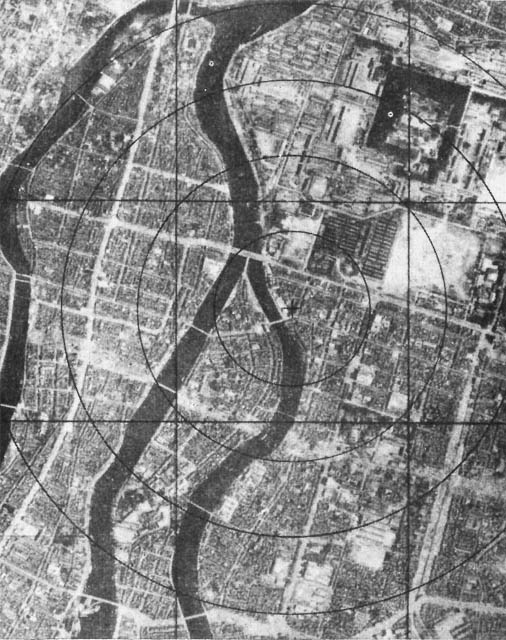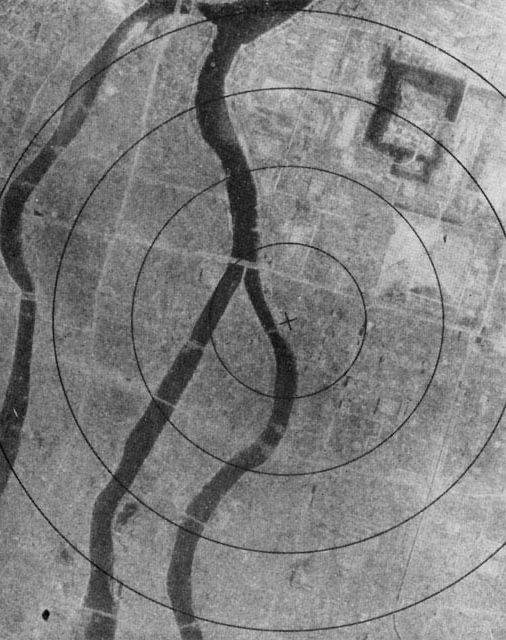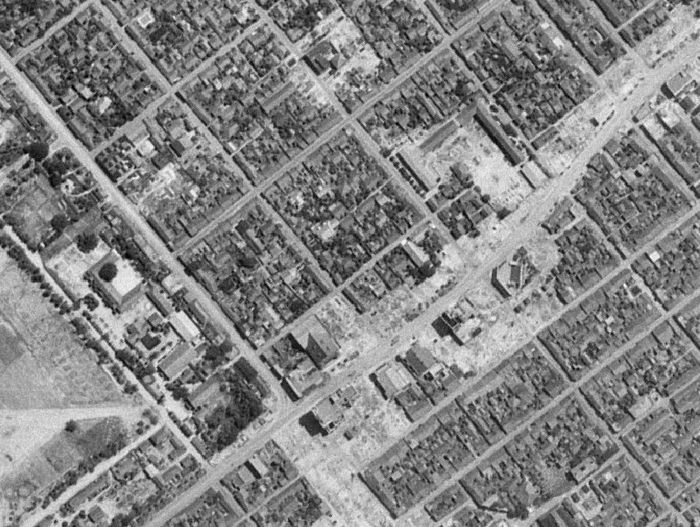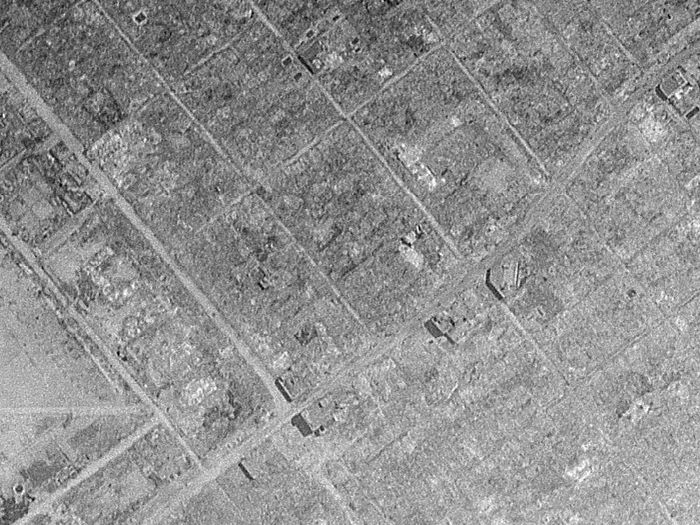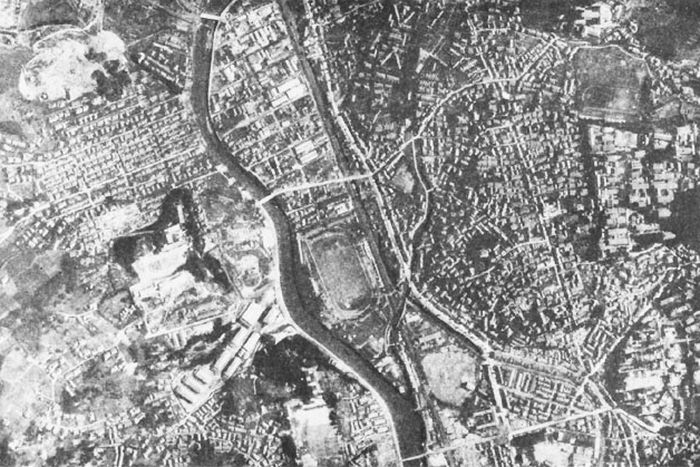During World War II, Hiroshima and Nagasaki were hit with atomic bombs. Days after its cities had been wiped out, Japan surrendered.
This is how Hiroshima and Nagasaki looked in 1945 after the atomic bombings.
Hiroshima













Nagasaki










Warning: the following pictures show wounded survivors and dead people. They are not suited for minors or the faint of heart.











More Articles
